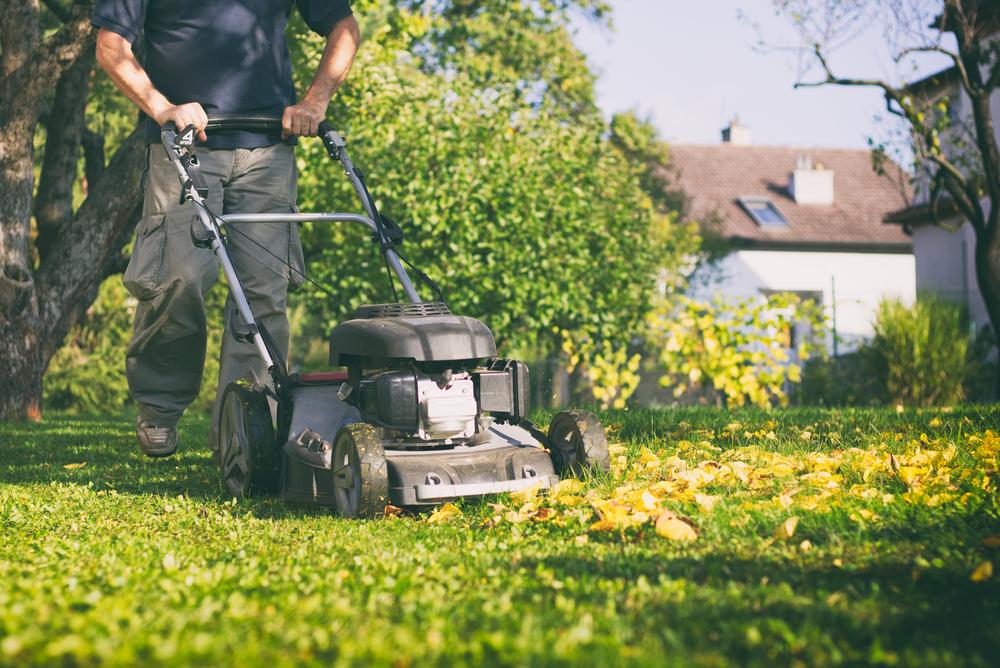As fall rolls around, heat and drought have taken their toll on most lawns. Lower temperatures and rainy days provide some relief, but with winter just around the corner, many homeowners ask themselves, “Why should I worry about my lawn now?”
There’s no one-size-fits-all answer, but northerners, southerners, and those in the transition zone (more on that in a minute) need to get out the fertilizer, weed and feed, rake, mower, and, in some cases, dethatcher.





